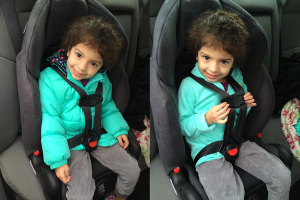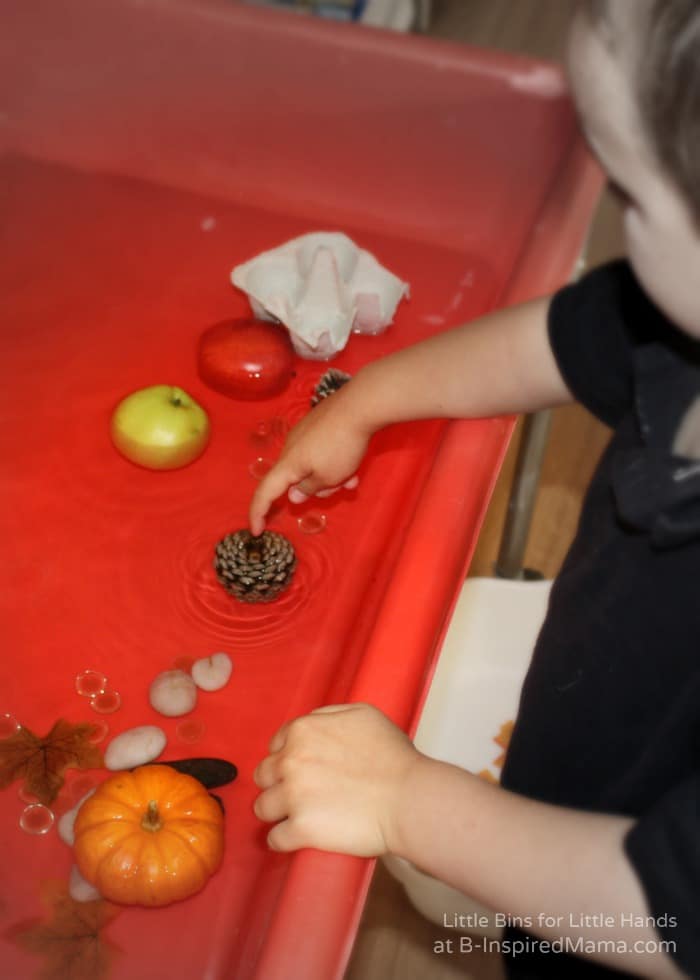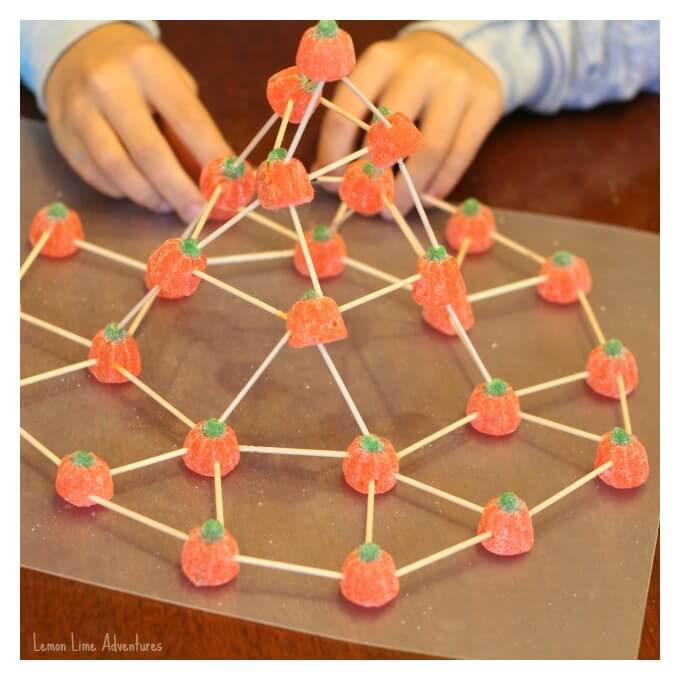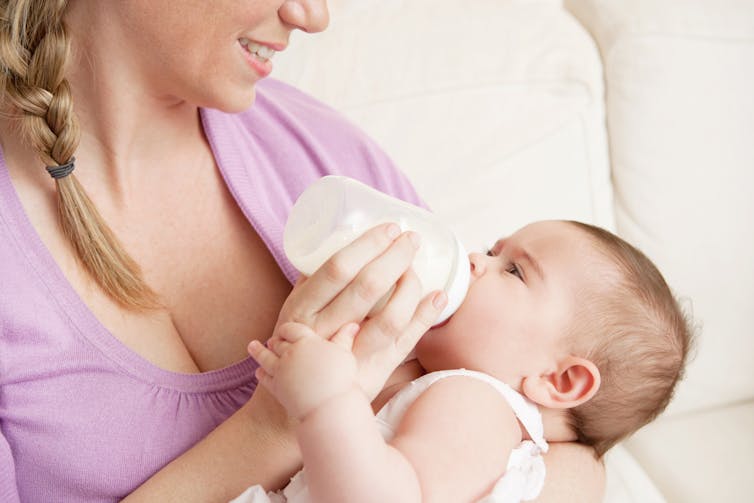The Dangers of Coats & Car Seats
Winter brings cold weather and potentially slick roads, but families still need to travel every day. We bundle up our children to help them brave the elements, but a bulky coat and a car seat can be a dangerous combination. The bulk from the coat can keep the harness too loose to safely protect the child in the event of an impact or accident.

There are ways to safely transport children in child car seats while still keeping them warm. Here are some tips for providers and parents to follow from the experts at Consumer Report’s Auto Test Center:
Step 1: Put the coat on your child, sit him or her in the car seat and fasten the harness. Tighten the harness until you can no longer pinch any of the webbing with your thumb and forefinger.
Step 2: Without loosening the harness at all, unhook it and remove your child from the car seat. Take the coat off, put your child back in the car seat, and buckle the harness straps, which should be adjusted just as they were when the child was wearing the coat.

If you can pinch the webbing between your thumb and forefinger now, then the coat is too bulky to be worn under the harness.
If you find that the coat can’t be safely worn under the harness, here are a couple of things you can do:
For smaller children, put a blanket over them to keep them warm.
Only use aftermarket covers, essentially fitted blankets, designed to give additional warmth that are approved by the car-seat manufacturer for your specific car seat. Such covers have been tested with the seat and won’t compromise your child’s safety.
For a bigger child, after securing him or her in the car seat, turn the coat around and put it on backward (with arms through the armholes), so the back of the coat serves as a blanket resting on top of the harness.





